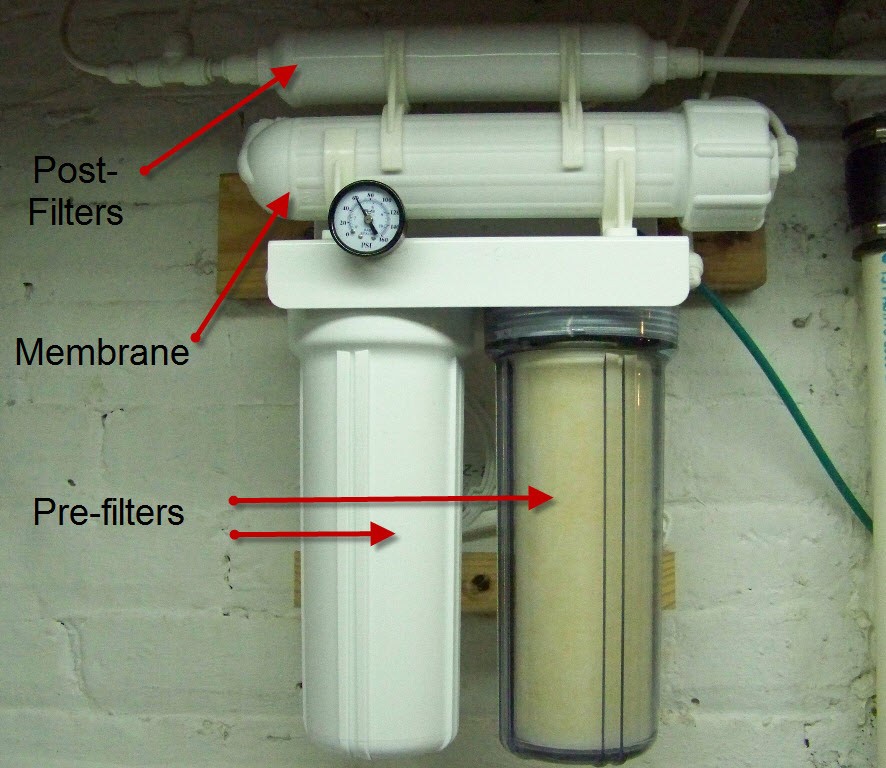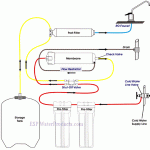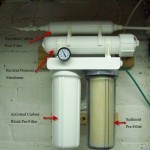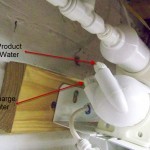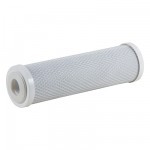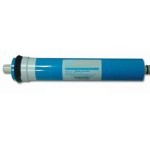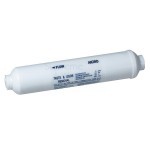Reverse Osmosis Systems (RO) are a great way to take impurities out of your drinking water. There are many different manufacturers and kinds of RO systems available on the market today. Your location will tell you what type of system you need. As an example someone using municipality water will need a different system than someone on a well. The reason being is that a well has different minerals than a municipality water system. Even different wells can require different RO systems. Your location will tell you how many filters and what type of filters you need. For our RO guide we are going to use my situation as an example. I live on a municipality water system. My town gets its water from an underground well, but they do remove the iron and other particles. Before I installed my RO system my Total Dissolved Solids was 568. You can buy a meter from your local store for about $10. After I installed my RO system my TDS was 3. Now I am not going to get into everything regarding RO systems because that is a full website by itself as there really is a lot to them. However we are going to cover some of the basics you need to know about an RO System.
What is a Reverse Osmosis System (RO)?
An RO system is a method that removes many types of molecules and ions from solutions using pressure. So basically it is one bad a** filter system. Click the picture below and you can see a layout of a typical RO system. Water comes in from a source and then it goes through a series of filters. After the filters it goes through the Membrane (This is the heart of the system). Once the water passes out of the membrane it goes into either a storage tank for use later or if demand is now, it goes through an odor Post filter and out to the faucet.
The membrane is the heart of this system. This is what does the real work. Since it does the work, you want to protect it. You protect the membrane with pre-filters shown below. Now some systems might have one, two, three or more. But you will always or should always see pre-filters before the membrane. Once the water flows through the pre filters, it then hits the Membrane. Anything after the membrane is called a post filter.
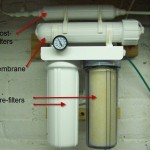
After the carbon filter comes the membrane. As you can see by the picture below there are two lines that come out of the filter. Well that is actually the canister that holds the filter. The middle out is the product or drinkable water while the other out is the waste water. The ratio is about 4:1. So for every 4 gallons that enters the system, one gallon will be usable. We have a video below about changing your membrane which is longer than we wanted, but hey what the heck at least we did it.

